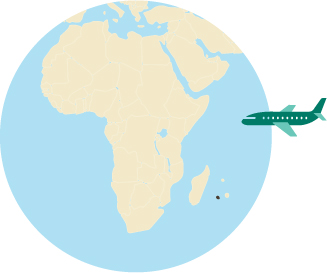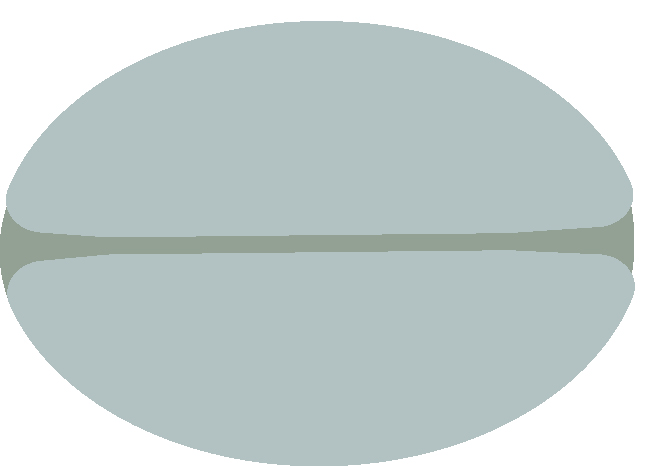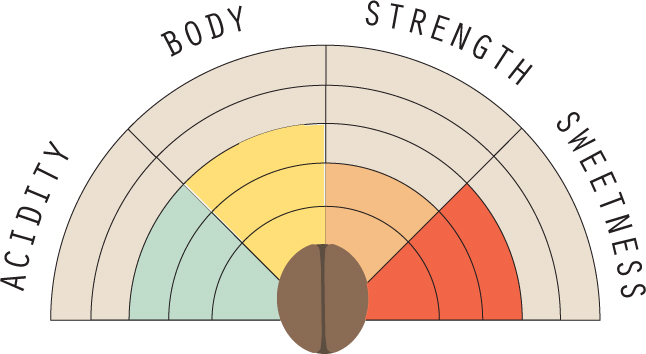
RÉUNION ISLAND

Coffee was introduced to the island in 1715. Réunion Island, which at the time was called Bourbon Island, gave its name to the first variety of coffee to be cultivated there. The Bourbon variety, itself originally from Yemen, is a variety of Typica which has undergone a natural mutation. Coffee cultivation began in the 1720s, enjoying a golden age around 1800, when the island’s output reached 4,400 US tons. Then natural disasters and sugarcane farming brought about a marked drop in coffee production on Réunion. In 1771, a variety specific to the island appeared: Bourbon Pointu. After virtually dying out, it began to be cultivated again in the early 2000s. Production of this variety is very small and aimed at a niche market.


THE FLAVORS OF A RÉUNION ISLAND COFFEE: BOURBON POINTU
COFFEE FACTS

SL 28
• Origin: Created by Scott Laboratory in 1931, this variety is related to Bourbon and to Ethiopian varieties.
• Plant: large leaves and fairly large beans
• Resistance: good disease-resistance
• Yield: low
• Recommended brewing method: slow methods
• Cup: pronounced acidity and notes of red fruits
SL 34
• Origin: the result of a Bourbon mutation that occurred in Loresho plantation in Kabete (central Kenya)
• Plant: large leaves and fairly large beans
• Yield: high
• Resistance: copes well with precipitation at high altitude
• Recommended brewing method: slow methods
• Cup: recognized for its sensory qualities
BOURBON POINTU
• Origin: A natural mutation of the Bourbon variety, Bourbon Pointu, also known as Laurina or Coffea arabica var. laurina, is thought to have appeared on Réunion Island in 1771. Virtually eradicated following an epidemic in 1880, the variety was rediscovered in the early 2000s by Yoshiaki Kawashima. And, with the help of the CIRAD research organization, production was resumed.
• Other producing country: Madagascar
• Plant: small size, pyramid shaped, with small leaves and cherries. The beans are a very distinctive rectangular shape.
• Resistance: good drought resistance, but susceptible to leaf rust
• Yield: low
• Recommended brewing method: espresso
• Cup: lower level of caffeine than the other varieties of Coffea arabica (0.6%)
 Annual production: 3.3 US tons
Annual production: 3.3 US tons